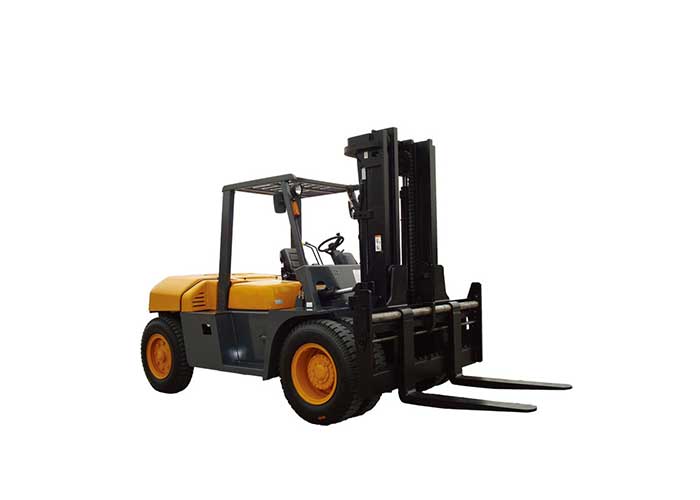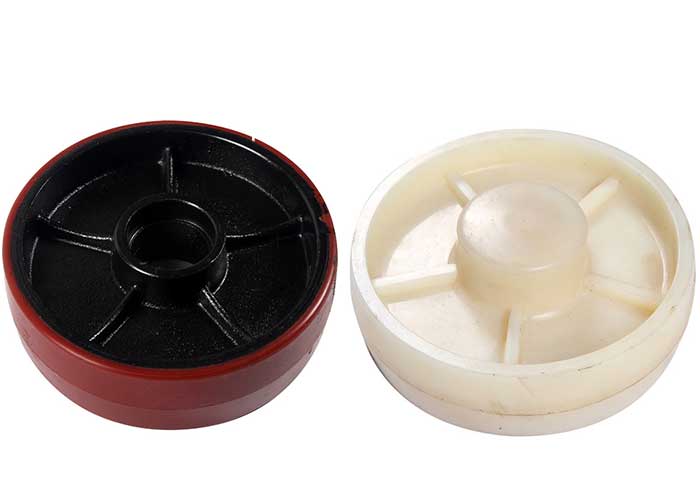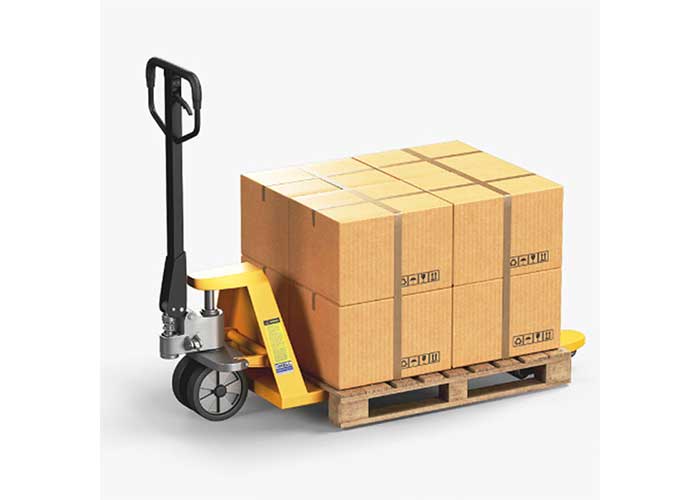-
 E-mail:
[email protected]
E-mail:
[email protected]
-
 Wechat: +8613959222269
Wechat: +8613959222269
-
Time:3/3/2020
-
Time:3/2/2020
-
Time:2/28/2020
-
Time:2/28/2020
-
Time:2/27/2020

- CONTACT US
- Wechat: +8613959222269
- [email protected]
Products News
Warehouse Organization Guidance Two
 Time:1/3/2020
Time:1/3/2020 823
823Share:
Have a good labeling system
These days, many companies are using a modern method for labeling their stock – bar codes are helpful for an easy and efficient system of labeling. As long as it makes sense, use whatever method works best for your company to save time and stay organized. Be sure to label everything- and we mean everything! Your stock, your aisles, your floors, and anything else that could benefit from a clear label.
Usually, warehouses label their aisles with letters and numbers. Row A, section 1, Row A, section 2, then Row B, section 1…and so on. Use whatever system of labeling works best for your company.
It also helps to have a fixed parking area for the forklifts when they are not being used and pallet positions on the floor. That way, you can avoid inventory being left in the wrong spots.
Use the ABC Method
The ABC method is a popular one for warehouse organization. Sort your stock into three categories according to how well they sell and how much they cost to hold in your warehouse.
Basically, you are ordering your stock by its dollar volume into three categories. Dollar volume means the volume of inventory used or sold in a year, multiplied by the dollar value per unit.
A items: These are your best sellers that don’t take up as much space.
B items: These are mid-range items that sell decently but cost more.
C items: This is the rest of your inventory that makes up most of your stock costs while contributing the least.
How to use the ABC method:
1.Do an inventory survey of all stock in the warehouse
2.Know how to organize your warehouse using this method.
3.Know your demand and production data from the last 12 months for each item and the cost of per item in your stock.
4.Compile a dollar volume list of all stock and what the percentage of each item is out of the total stock dollar volume.
5.Identify the first few items that add between 60 to 70 percent of your total stock dollar volume. Those are your A-items. Your B-items are those that make up between 20 to 30 percent. The rest of your items are your C-items.
6.Perform regular cycle counts or other inventory control measures for the A and B items.
7.Re-arrange your warehouse stock area so the A-items are close to their production line, followed by B and C-items.
These days, many companies are using a modern method for labeling their stock – bar codes are helpful for an easy and efficient system of labeling. As long as it makes sense, use whatever method works best for your company to save time and stay organized. Be sure to label everything- and we mean everything! Your stock, your aisles, your floors, and anything else that could benefit from a clear label.
Usually, warehouses label their aisles with letters and numbers. Row A, section 1, Row A, section 2, then Row B, section 1…and so on. Use whatever system of labeling works best for your company.
It also helps to have a fixed parking area for the forklifts when they are not being used and pallet positions on the floor. That way, you can avoid inventory being left in the wrong spots.
Use the ABC Method
The ABC method is a popular one for warehouse organization. Sort your stock into three categories according to how well they sell and how much they cost to hold in your warehouse.
Basically, you are ordering your stock by its dollar volume into three categories. Dollar volume means the volume of inventory used or sold in a year, multiplied by the dollar value per unit.
A items: These are your best sellers that don’t take up as much space.
B items: These are mid-range items that sell decently but cost more.
C items: This is the rest of your inventory that makes up most of your stock costs while contributing the least.
How to use the ABC method:
1.Do an inventory survey of all stock in the warehouse
2.Know how to organize your warehouse using this method.
3.Know your demand and production data from the last 12 months for each item and the cost of per item in your stock.
4.Compile a dollar volume list of all stock and what the percentage of each item is out of the total stock dollar volume.
5.Identify the first few items that add between 60 to 70 percent of your total stock dollar volume. Those are your A-items. Your B-items are those that make up between 20 to 30 percent. The rest of your items are your C-items.
6.Perform regular cycle counts or other inventory control measures for the A and B items.
7.Re-arrange your warehouse stock area so the A-items are close to their production line, followed by B and C-items.



















